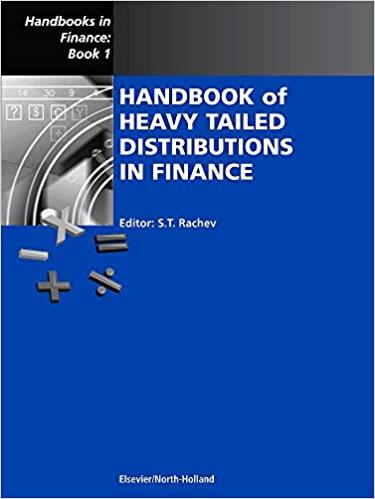Answered step by step
Verified Expert Solution
Question
1 Approved Answer
Pick a stock of your choice which you think is likely to be in a high - growth stage and which has publicly - available
Pick a stock of your choice which you think is likely to be in a highgrowth stage and
which has publiclyavailable financial statements for fiscal year From financial
statements, obtain Total Revenue, EBIT, Capital Expenditures, Net Working Capital,
Depreciation, and the DebttoEquity ratio use Longterm debt as a measure of total
debt for fiscal year Make sure the company has positive debt and positive EBIT.
The income statement numbers should be for the entire year, not just for the fourth
quarter. Note: possible sources for financial statements include the companys website,
finance.yahoo.com, or the Securities and Exchange Commission wwwsecgov
Assume that the stock will be in a high growth stage over the next years
after which it will reach a stable, lowergrowth phase in year year which will
last into the indefinite future. In addition, assume the following parameters:
The tax rate
Tbill rate percent
Market risk premium percent.
Highgrowth phase:
Expected growth rate in EBIT, Capital Expenditures, Revenues, NWC
and Depreciation:
Equity Beta during the high growth period:
Cost of debt
Debttoequity stays constant over the highgrowth phase.
Stable growth phase:
Expected growth rate in FCFF
Equity Beta during stable growth phase:
Cost of debt
Debttoequity ratio in the stable growth phase will fall to of what it
was in the highgrowth phase
Capital expenditures are offset by depreciation.
Use the FCFF approach to calculate the enterprise value of the firm, the equity value of
the firm, and the intrinsic share value as of the end of
Step by Step Solution
There are 3 Steps involved in it
Step: 1

Get Instant Access to Expert-Tailored Solutions
See step-by-step solutions with expert insights and AI powered tools for academic success
Step: 2

Step: 3

Ace Your Homework with AI
Get the answers you need in no time with our AI-driven, step-by-step assistance
Get Started


